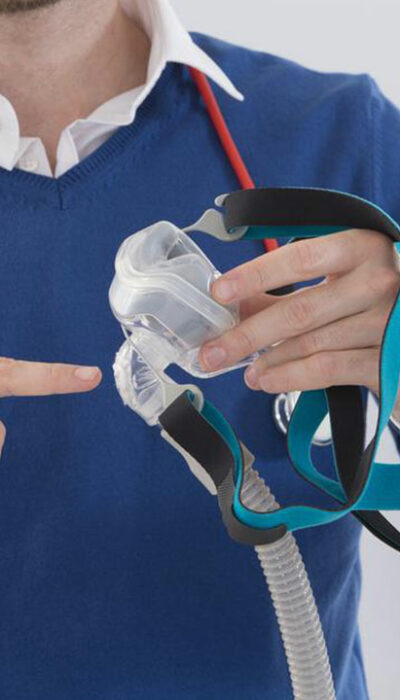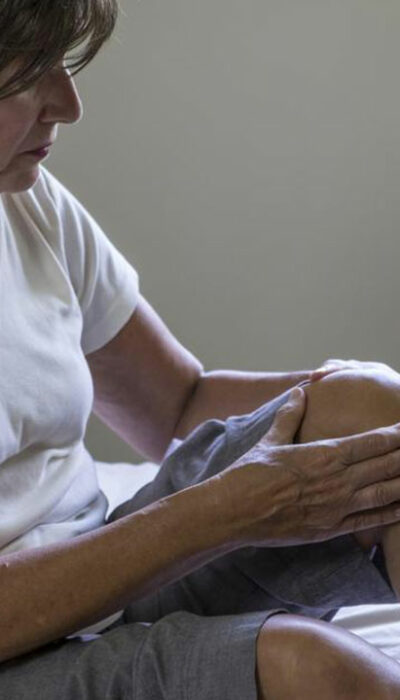
Options that You Can Consider for Back Pain Treatment
Back pain could be due to nerve or muscular problems. It could be due to a degenerative disc disease or arthritis. The back pain symptoms can be relieved with the help of medications or through physiotherapy (physical exercises), and chiropractic care. The back pain can be constant, mild, or debilitating based on its cause. Before we head on to back pain treatments, let us discuss symptoms of the same. Some of the back pain symptoms include: Aching and stiffness anywhere along the spine, from the base of the neck to the tailbone. A person might experience a chronic ache in the middle or lower back after long hours of sitting or standing. Back pain might be experienced radiating from the lower back all the way to the toes. Based on the symptoms, there are various back pain treatment options: There are many over-the-counter (OTC) pain relievers. Acetaminophen, for instance, can be found in many pharmaceuticals. Some NSAID’s (Nonsteroidal Anti-inflammatory Drugs) such as ibuprofen or naproxen can be taken to get relief from the pain. Even though these drugs are present as OTC, they should be consumed only after consulting a doctor. This is because Using NSAID’s might increase the risk heart attack, stroke, and even stomach problems. There are topical pain relievers such as creams, sprays, and lotions are also available that can be applied on the skin to get relief due to sore muscles and arthritis. People seeking back pain treatment choose chiropractic treatment as one of the most common treatment options. Chiropractors manipulate the alignment of the spinal cord’s musculoskeletal structure. This adjustment helps the body to heal itself eliminating the possibility of any surgical procedure. Being a drug-free treatment, bio electric therapy is also one of the back pain treatments. It simply relieves the back pain by blocking the messages to the brain.










